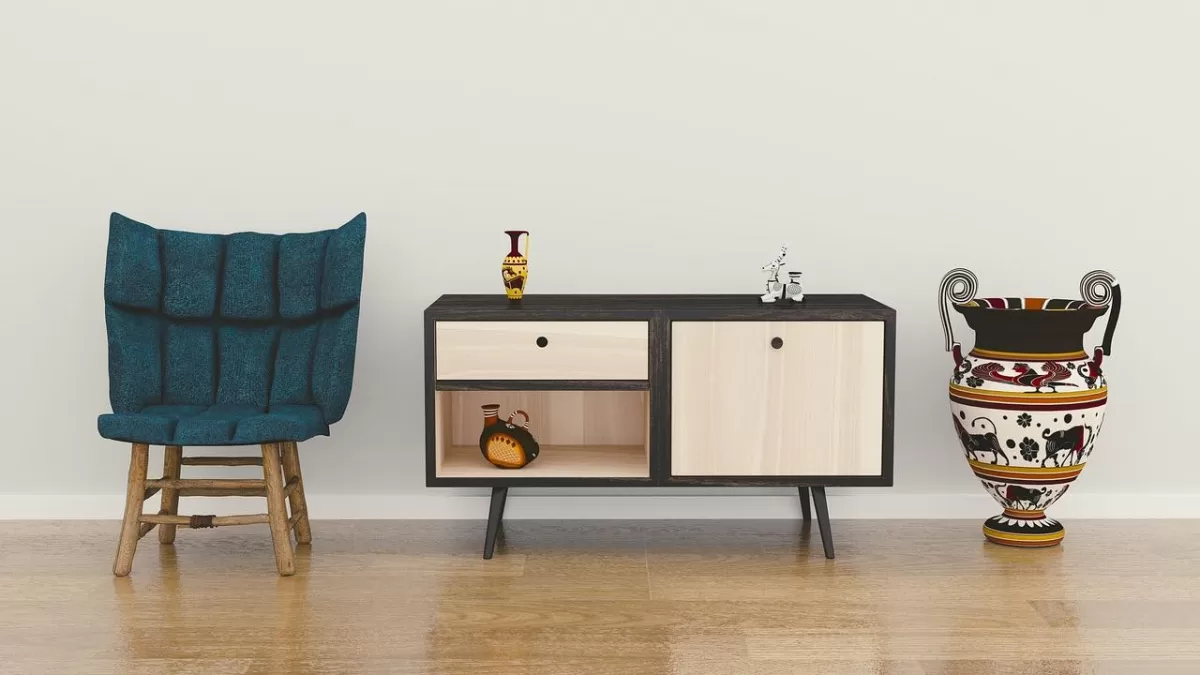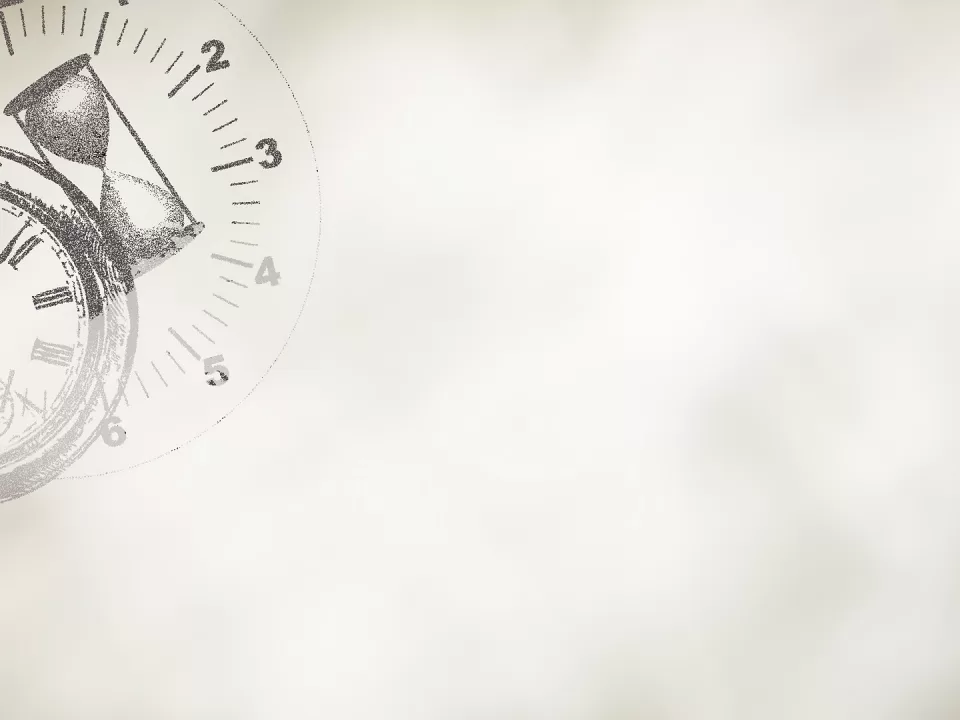- Have any questions
- Info@Ratedtherapy.com

Low self-esteem
January 15, 2023
Benefits of Exercise
January 15, 2023Feng Shui is a Chinese practice that harmonizes individuals with their surrounding environment by balancing the energy, or “qi,” in a space. This promotes well-being, health and prosperity for those who live or work there.
Practitioners believe that the placement of objects in a room, such as furniture and decor, affect the flow of energy and can impact the lives of the people in the space. They use various techniques such as furniture arrangement, color and texture to create balance and harmony. The practice can be applied to both interior and exterior spaces, including homes, offices and gardens.
It’s a holistic approach that takes into account the environment, building, people and activities inside the space. It’s important to note that there are different schools of thought and variations in the practice of Feng Shui and some consider it as pseudoscience and not scientifically proven.
In the Western world, the mainstream way of practicing Feng Shui is to focus on interior design and decor. The use of the “bagua,” or energy map, is a common technique. It’s a grid that is superimposed over a floor plan of the space, divided into nine areas, each corresponding to a different aspect of life such as wealth, health or relationships.
Practitioners use the bagua to identify areas of a space that may be lacking in energy or “stagnant,” and then make adjustments to decor and furniture placement to improve energy flow in those areas. The use of “cures” or “enhancers” such as wind chimes, mirrors, or crystals is also a common technique. Color is also an important aspect of Feng Shui, each color is associated with different energy and meanings.
It’s worth noting that different practitioners may have different approaches and philosophies towards feng shui but the mainstream way of practicing is as described above and some traditional practices are not as common in the west.



